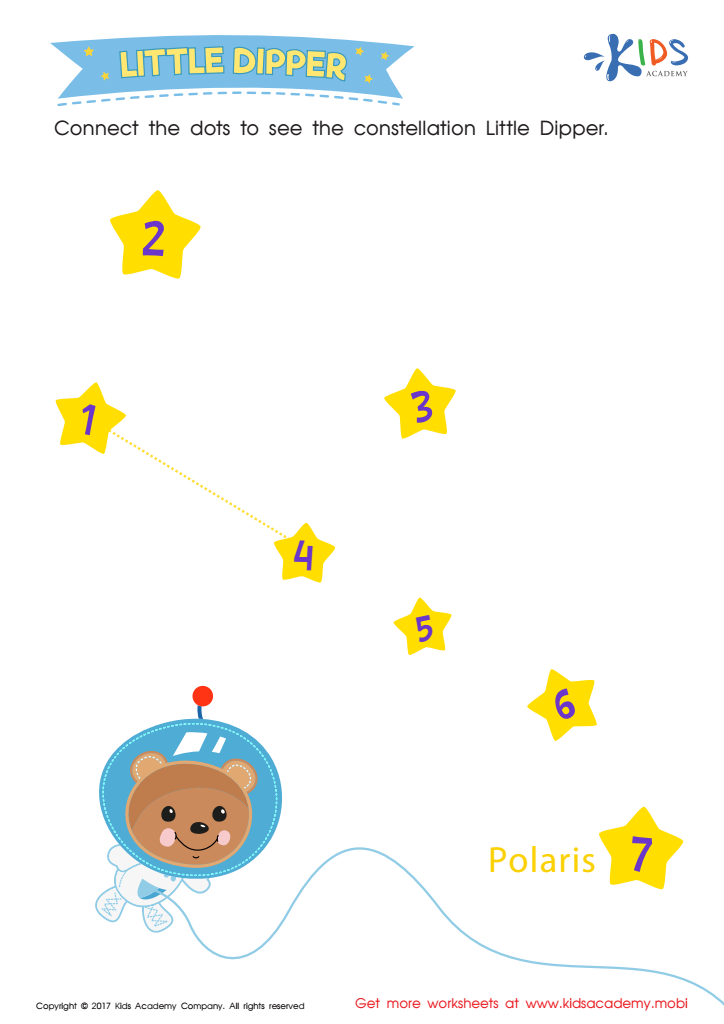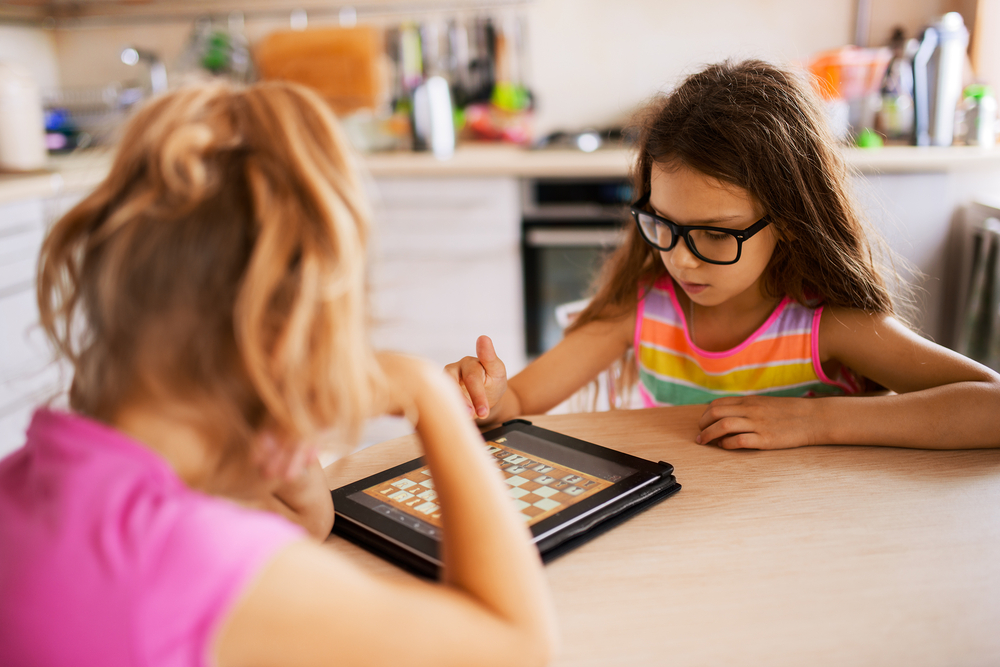Connect the Dots Worksheets Activities With Answers for 5-Year-Olds
13 filtered results
-
From - To
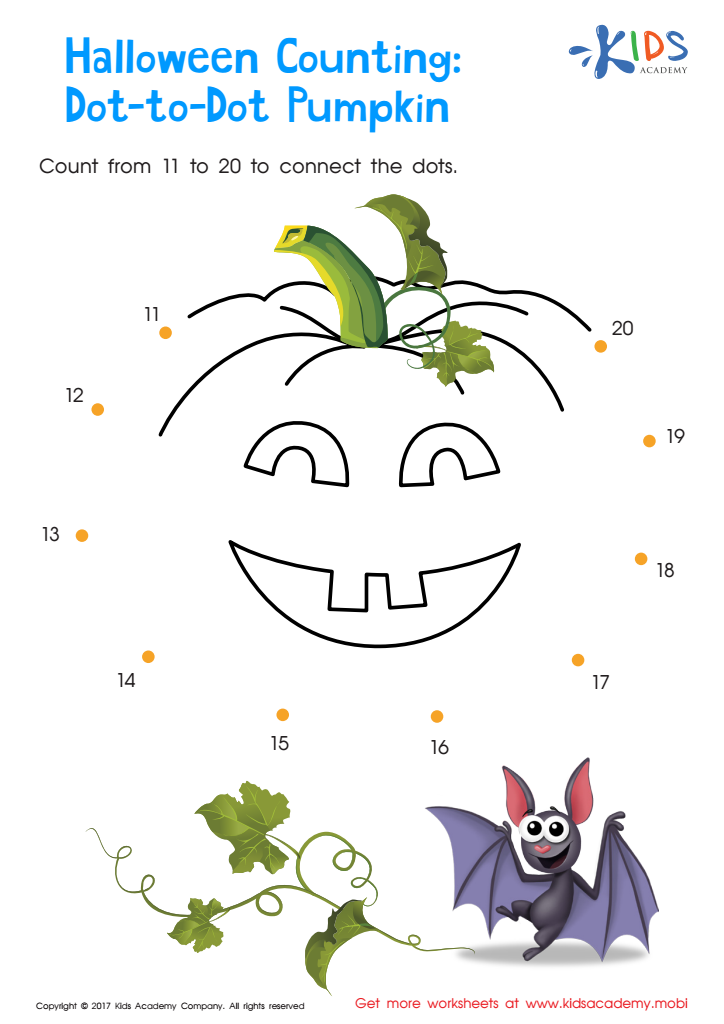

Ordering 11–20: Halloween Counting Worksheet
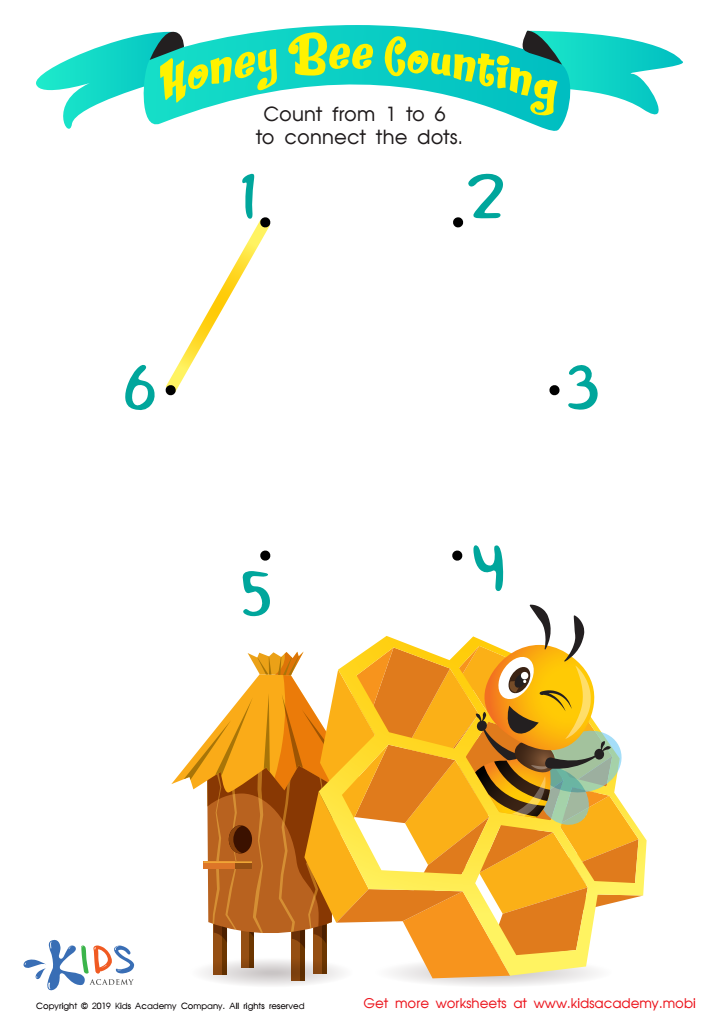

Honey Bee Counting Worksheet


Ordering 11–20: Chicken & Egg Dot–to–dot Worksheet
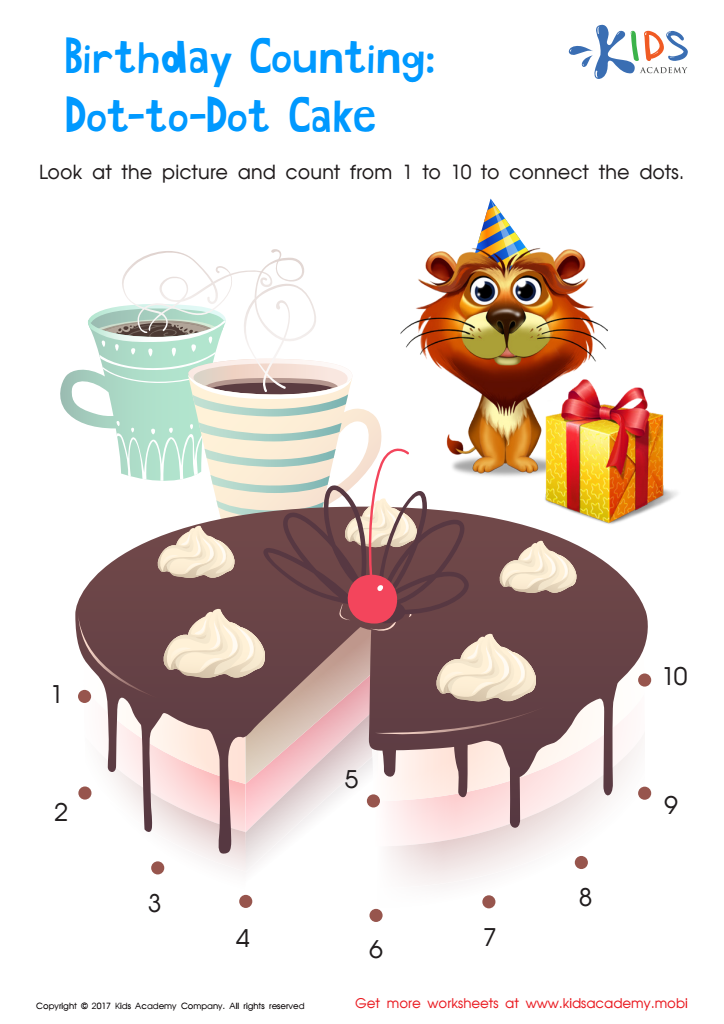

Birthday Counting Connect Dots Worksheet
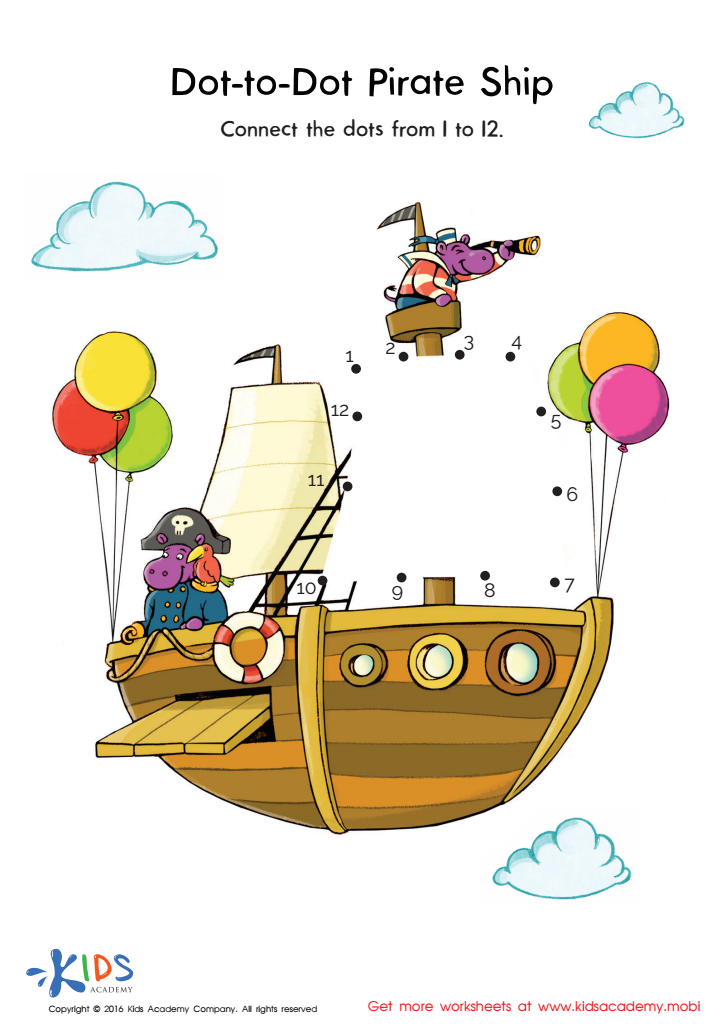

Pirate Ship Connect Dots Worksheet


Princess Connect Dots Worksheet
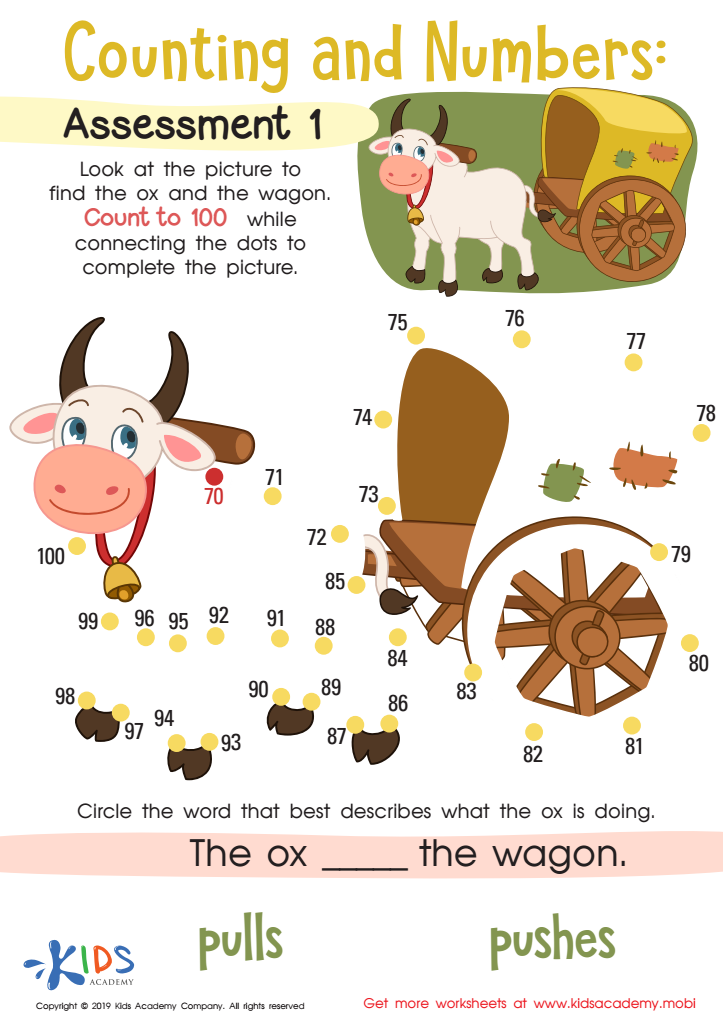

Counting and Numbers: Assessment 1 Worksheet
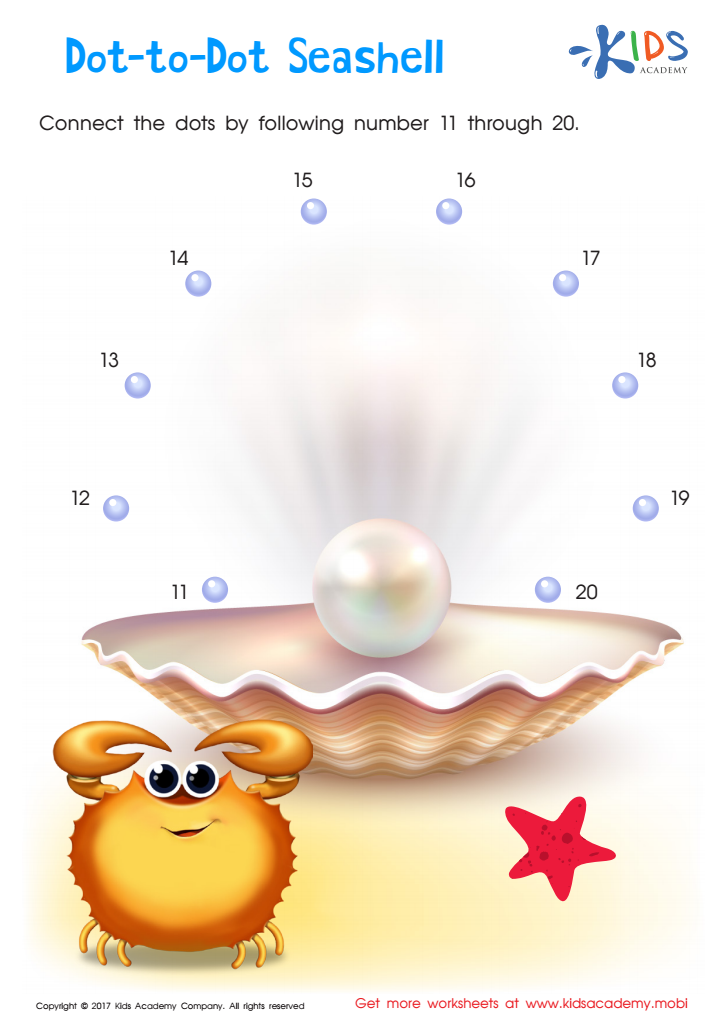

Ordering 11–20: Dot–to–dot Seashell Printable
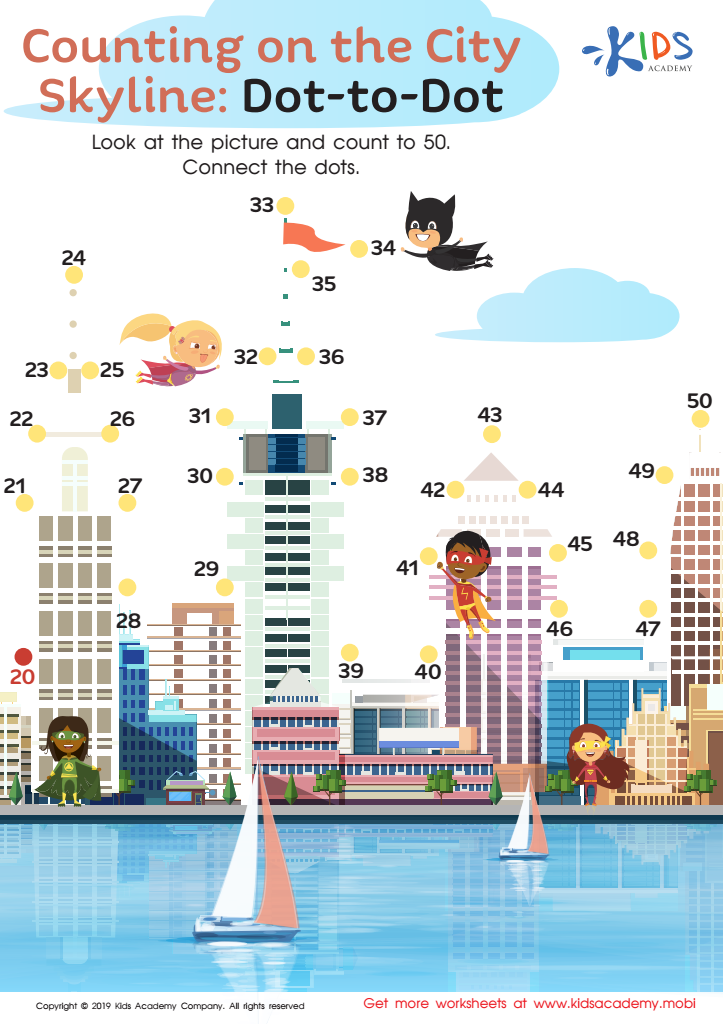

Counting on the City Skyline: Dot-to-Dot Worksheet
Connect the Dots Worksheets Activities With Answers are an invaluable resource for educators, parents, and students alike. These activities, which involve tracing a sequence of dots to form an image, are more than just an entertaining way to pass the time. They are a multifaceted educational tool that offers a range of benefits to learners of all ages.
First and foremost, Connect the Dots Worksheets Activities are instrumental in enhancing fine motor skills. As children navigate the sequence of dots, they develop control over their pencil grip and movement, which is crucial for writing and other manual tasks. This practice is especially beneficial for young learners who are just beginning to explore the world of writing and drawing.
Moreover, these activities foster cognitive development. They require learners to recognize numbers or letters, understand their order, and connect them accordingly. This not only reinforces number and letter recognition but also enhances a child's ability to follow sequences and improve their counting skills. For older students, more complex Connect the Dots Worksheets Activities With Answers can challenge their problem-solving skills and attention to detail, promoting critical thinking.
Another significant benefit of Connect the Dots Worksheets Activities is their role in teaching patience and concentration. Completing a worksheet requires focus and perseverance, qualities that are invaluable in academic and everyday life. The satisfaction of revealing a hidden picture also boosts a child's confidence and encourages a positive attitude towards learning.
Furthermore, providing Connect the Dots Worksheets Activities With Answers enables immediate feedback. Learners can compare their completed images with the answers, allowing them to assess their accuracy and understand their mistakes. This aspect of self-assessment is crucial for independent learning and growth.
In conclusion, Connect the Dots Worksheets Activities With Answers are a versatile educational tool that supports the development of fine motor skills, cognitive abilities, patience, concentration, and self-assessment. By incorporating these activities into learning environments, educators and parents can significantly enhance children's educational experience in a fun and engaging way.
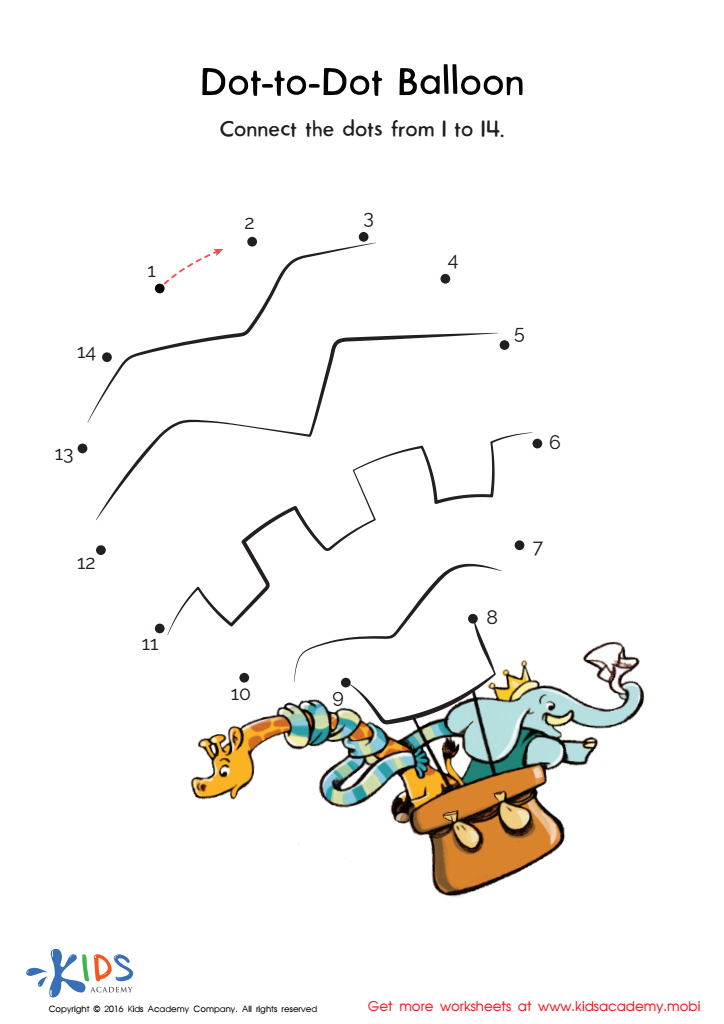
 Assign to My Students
Assign to My Students

